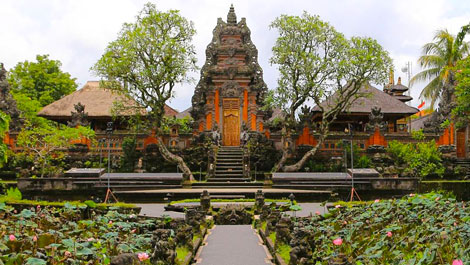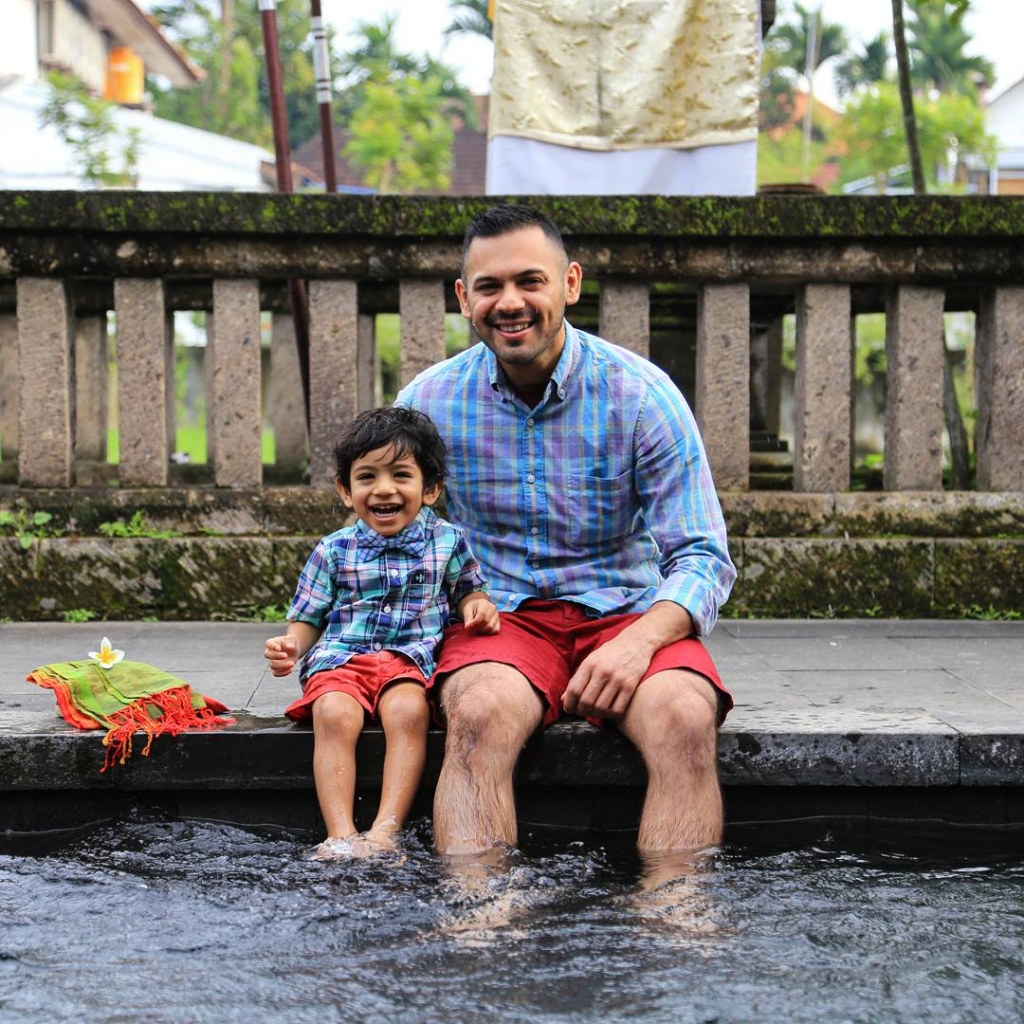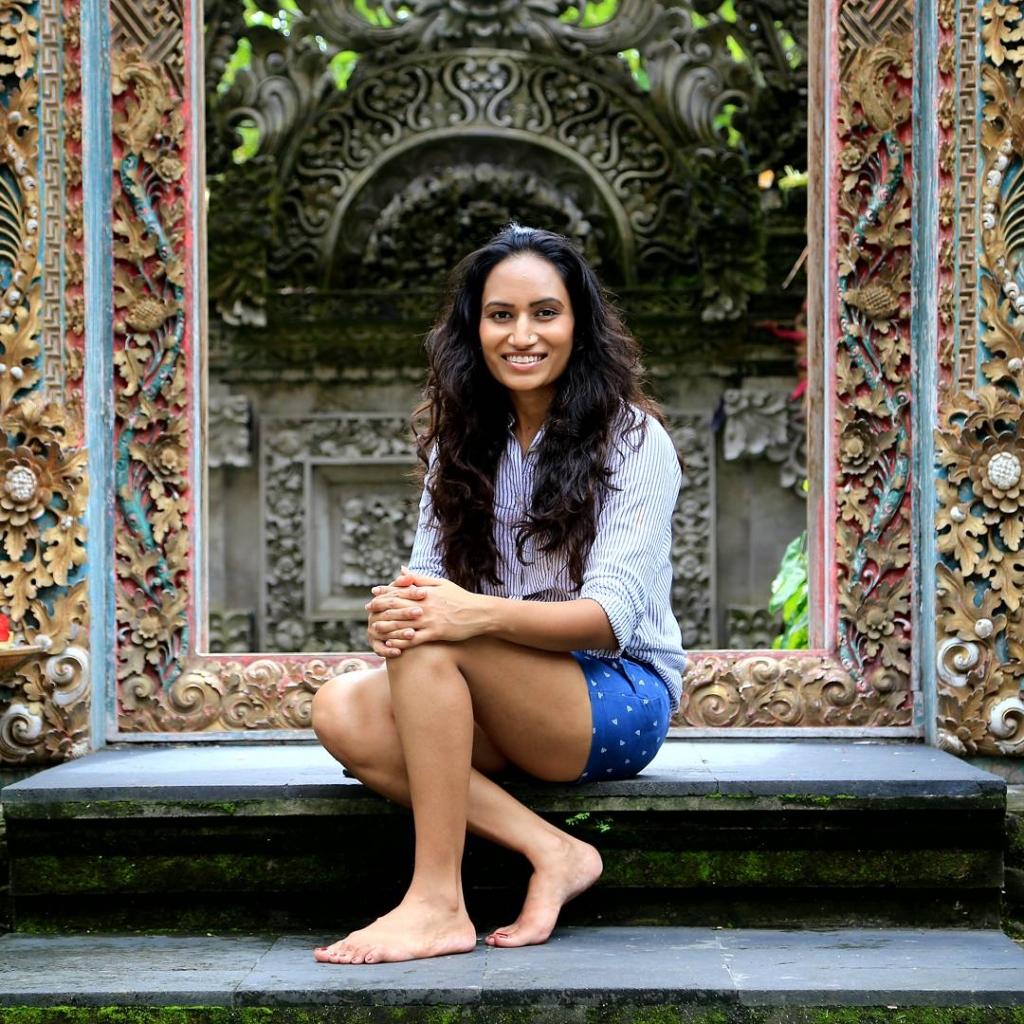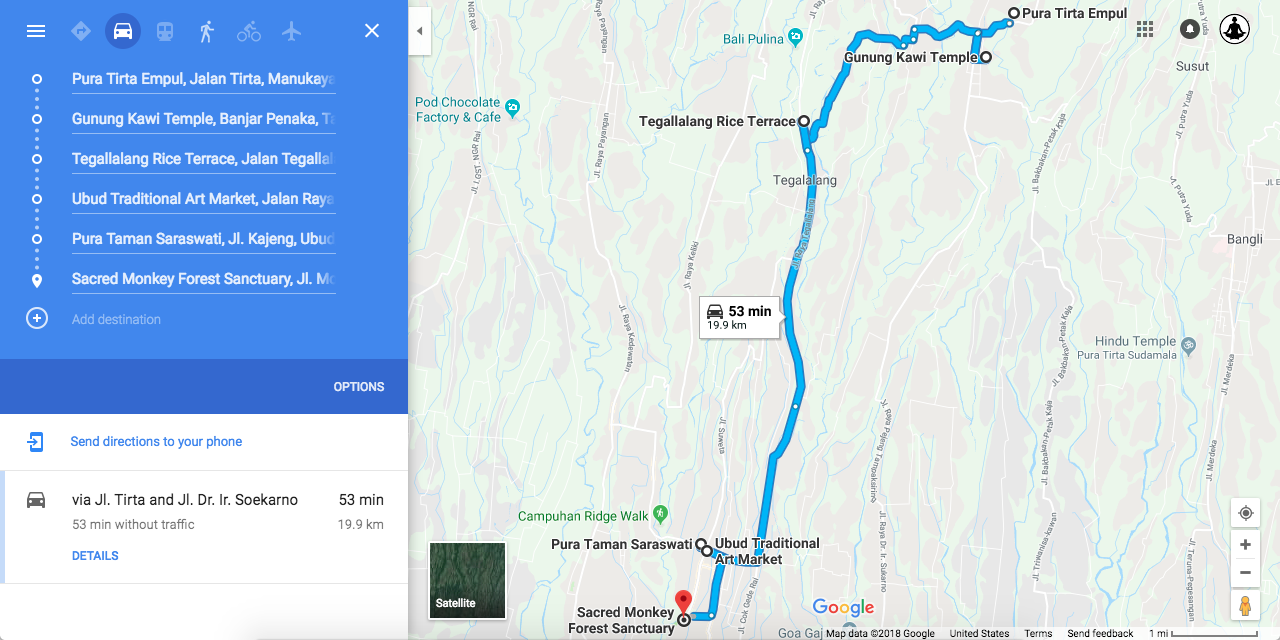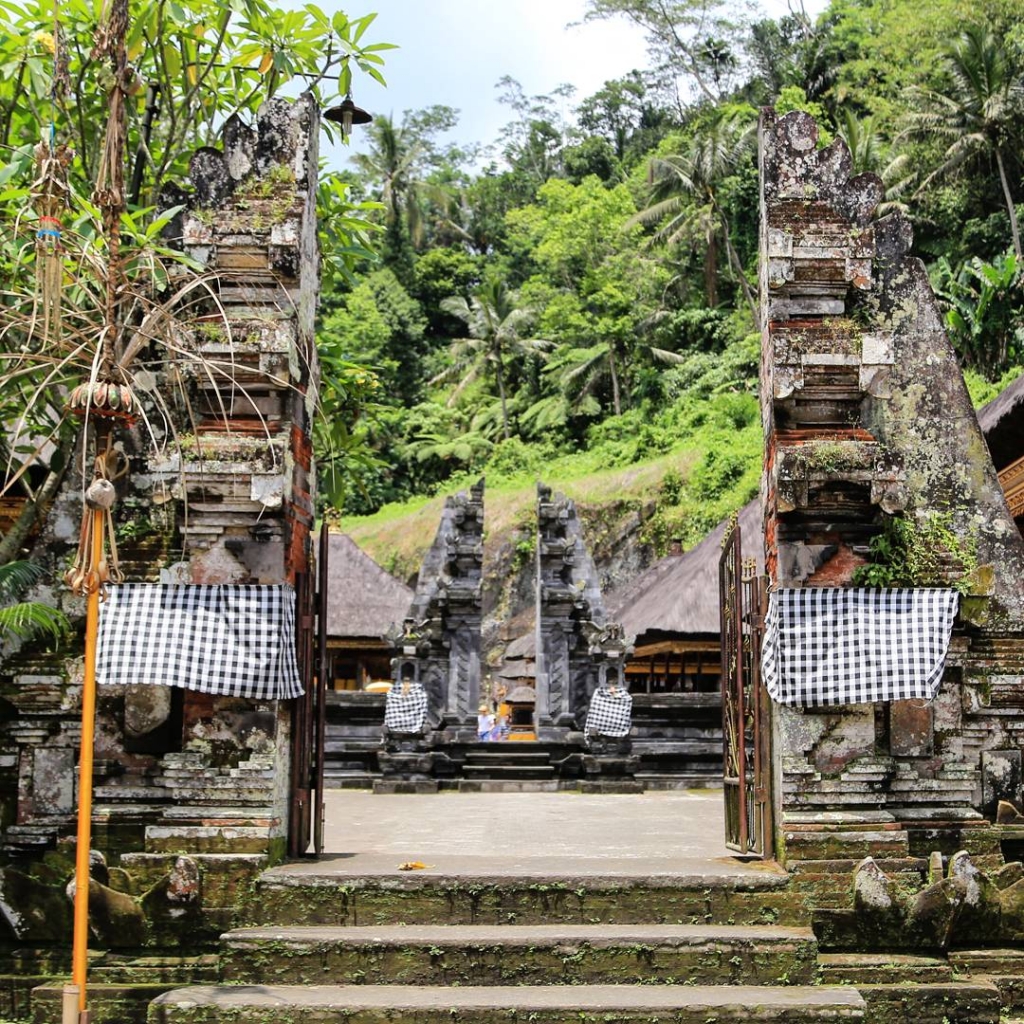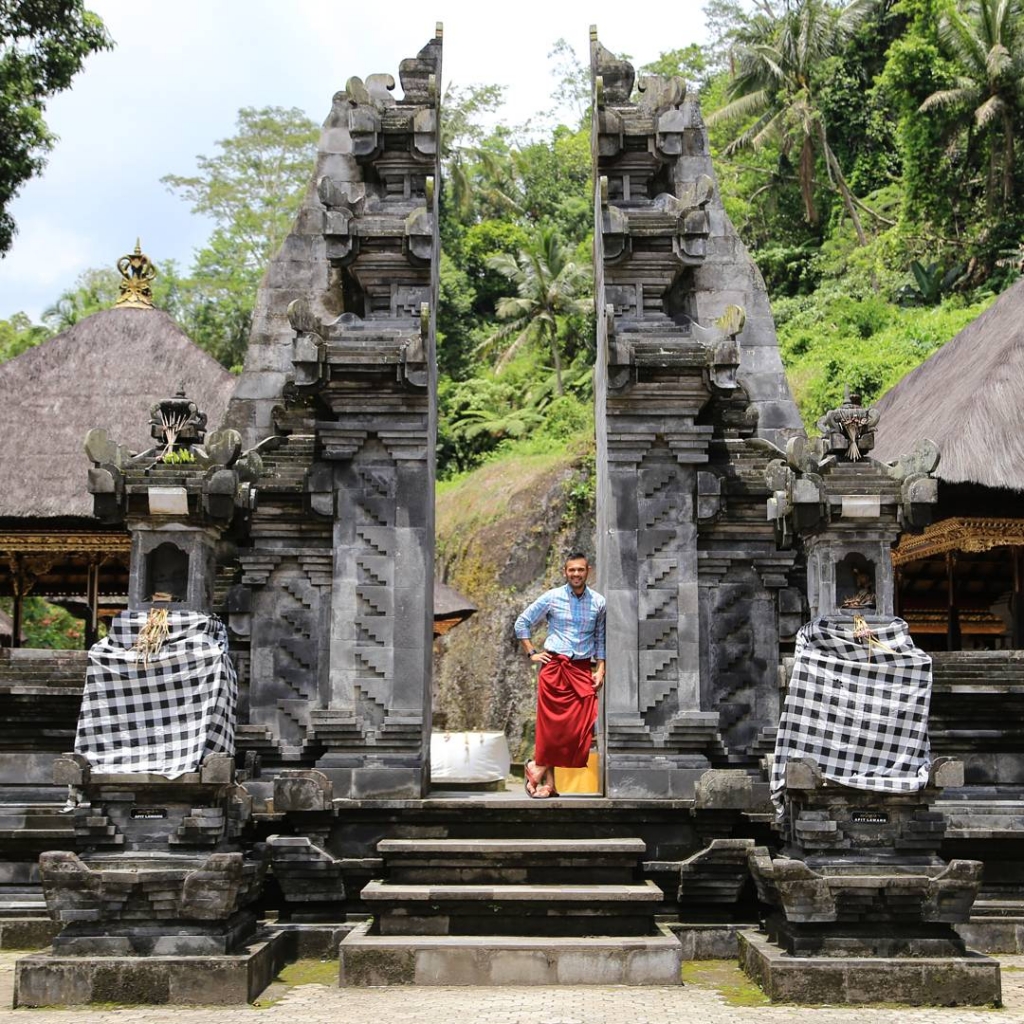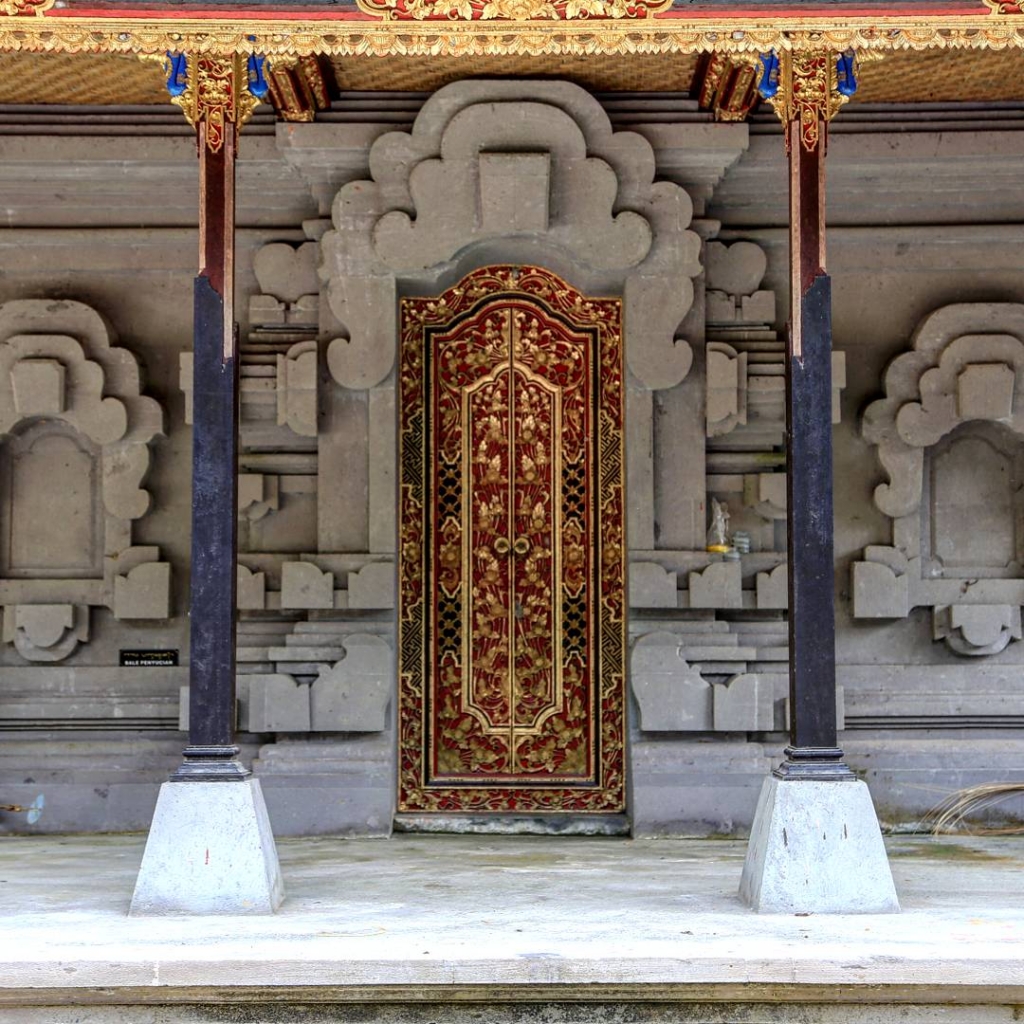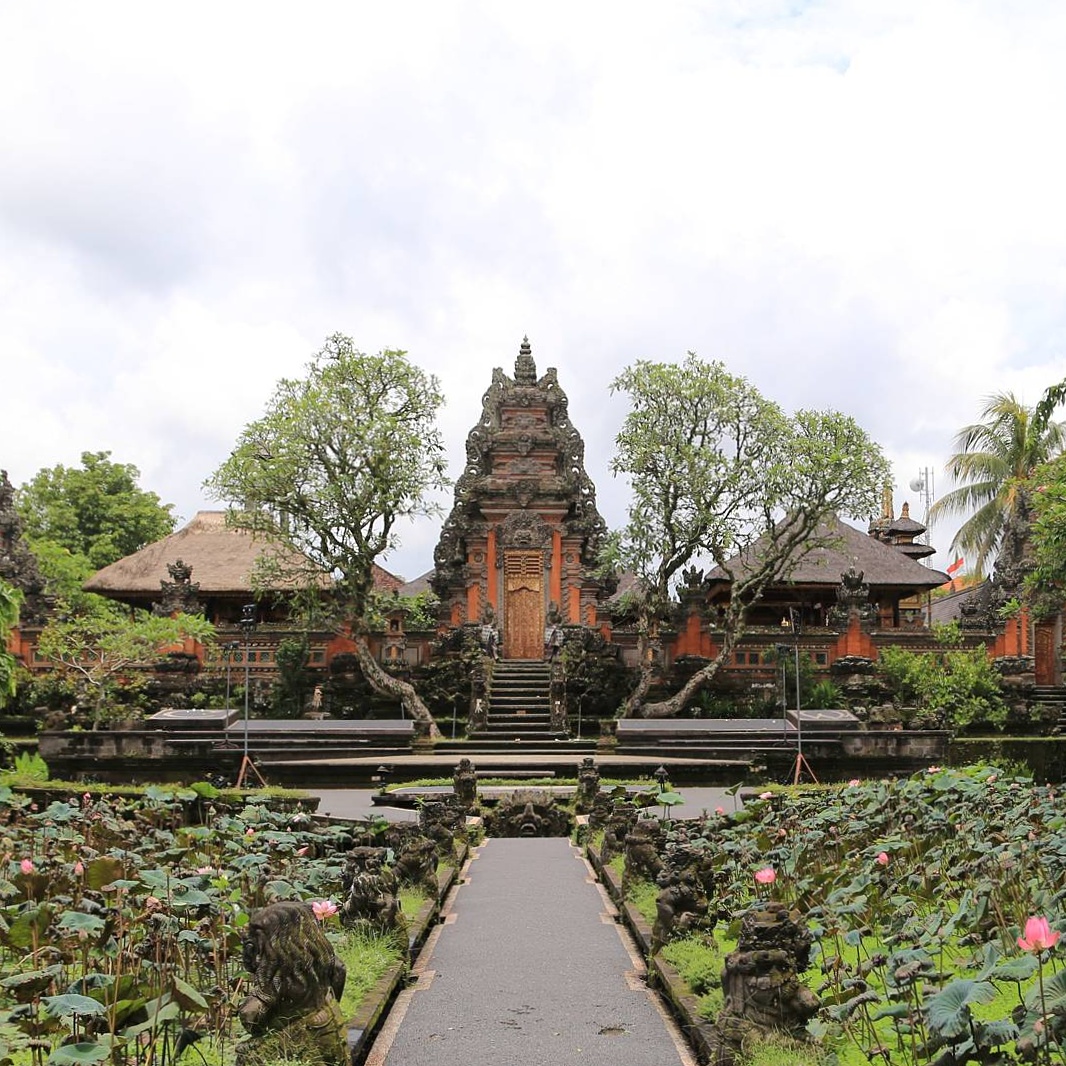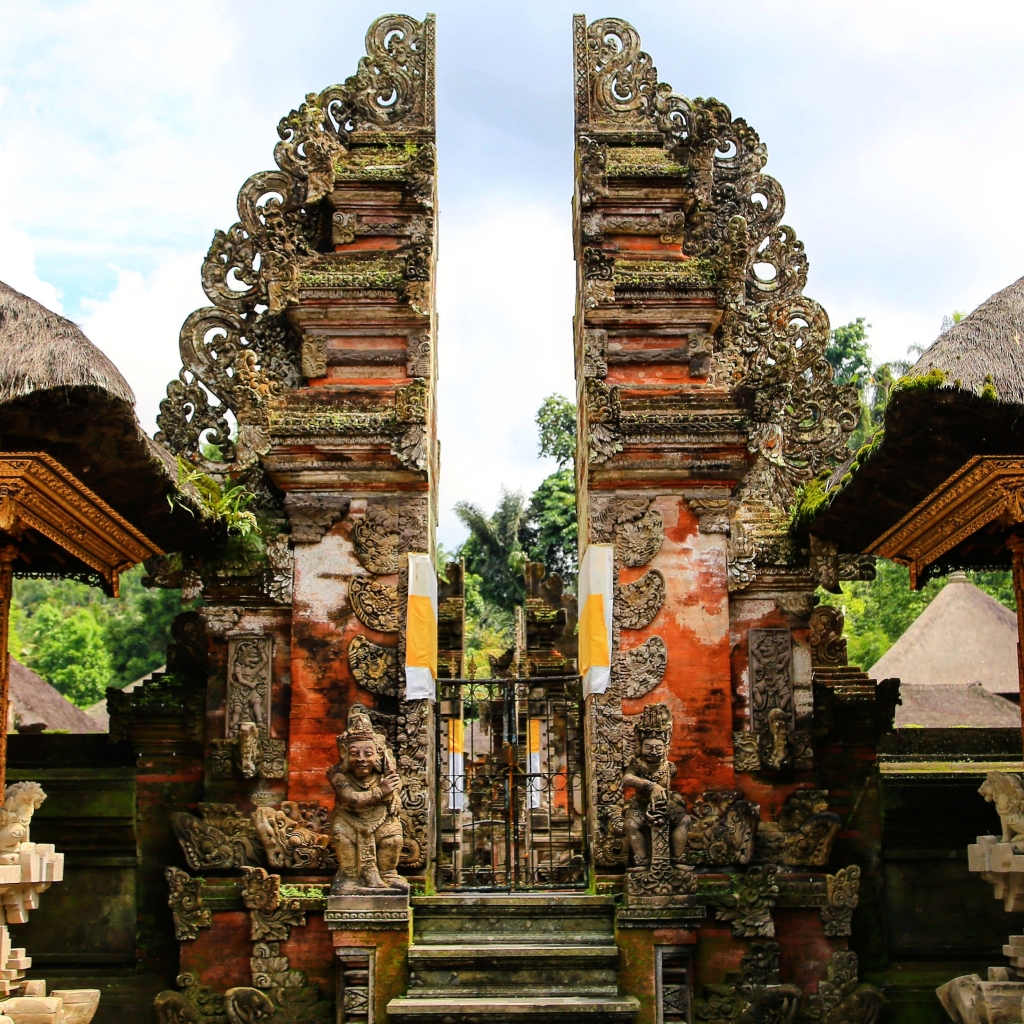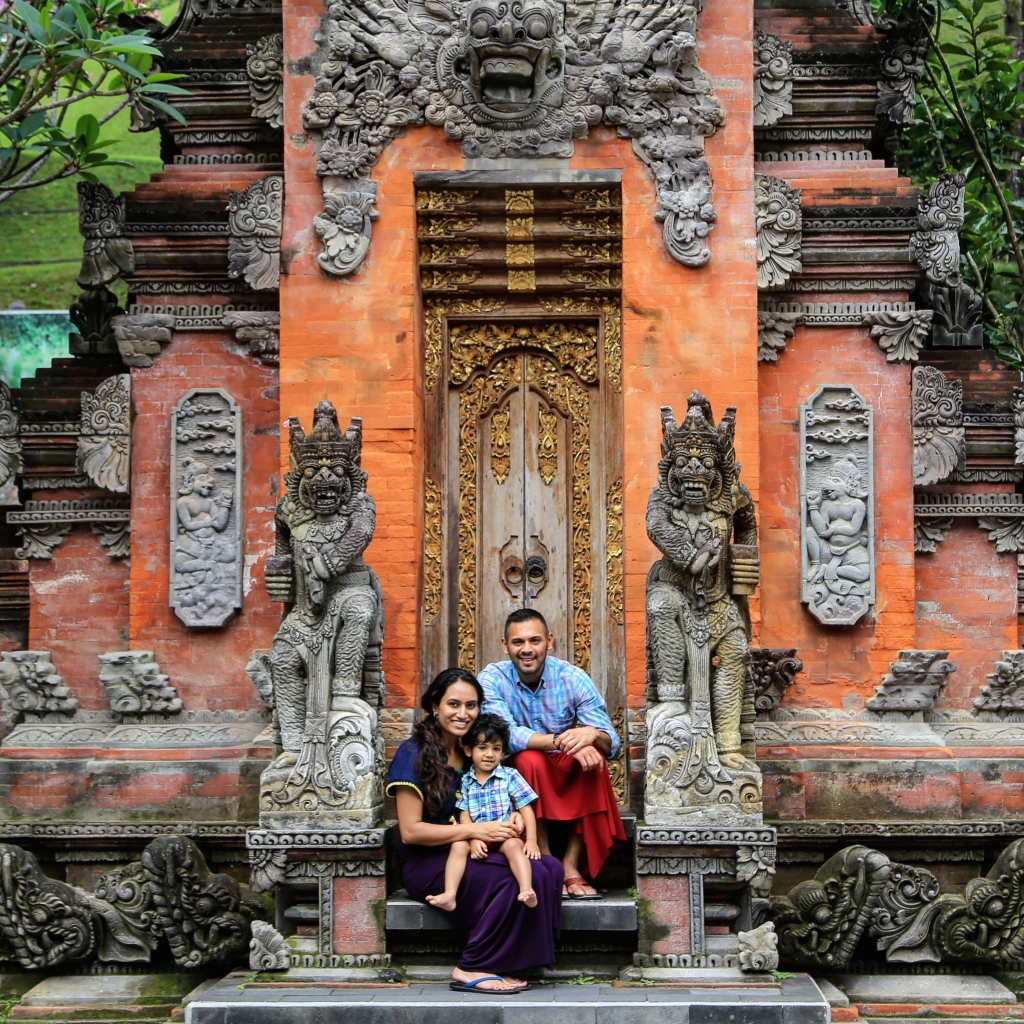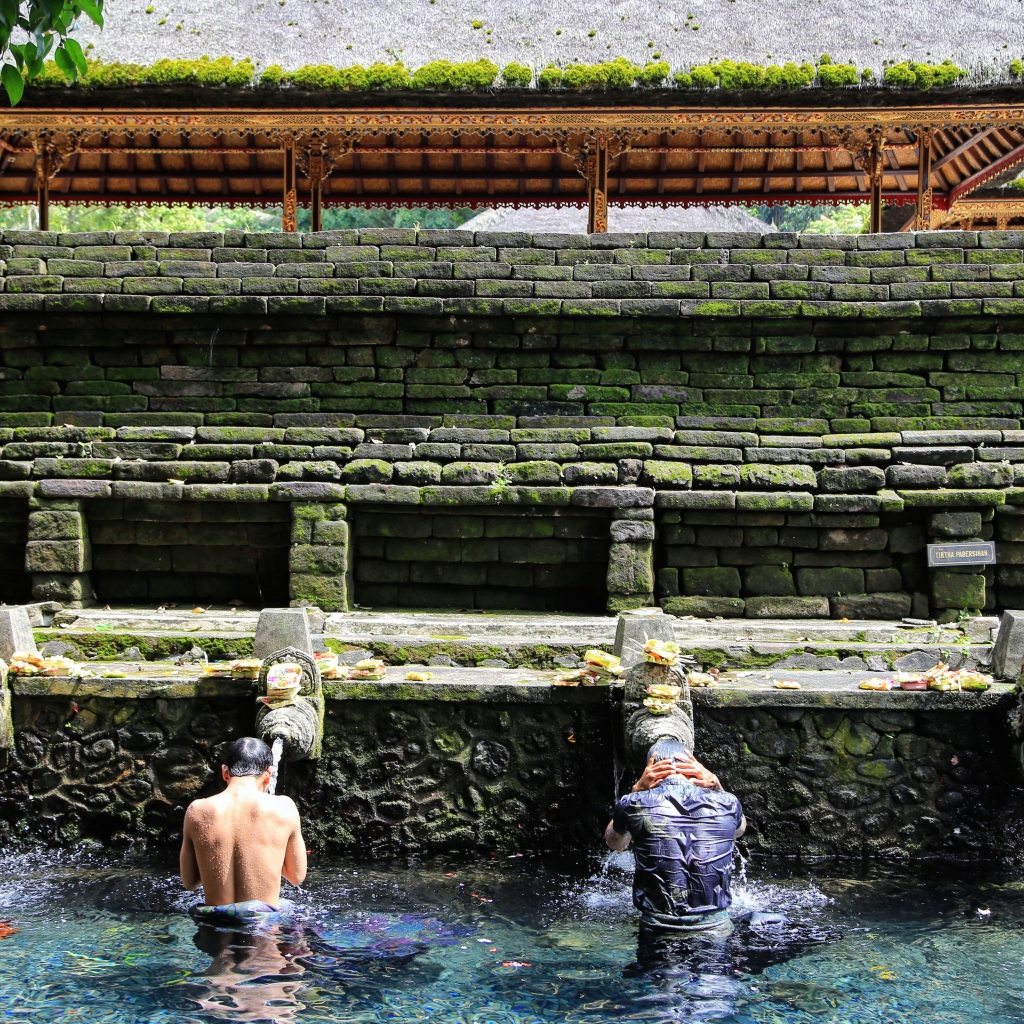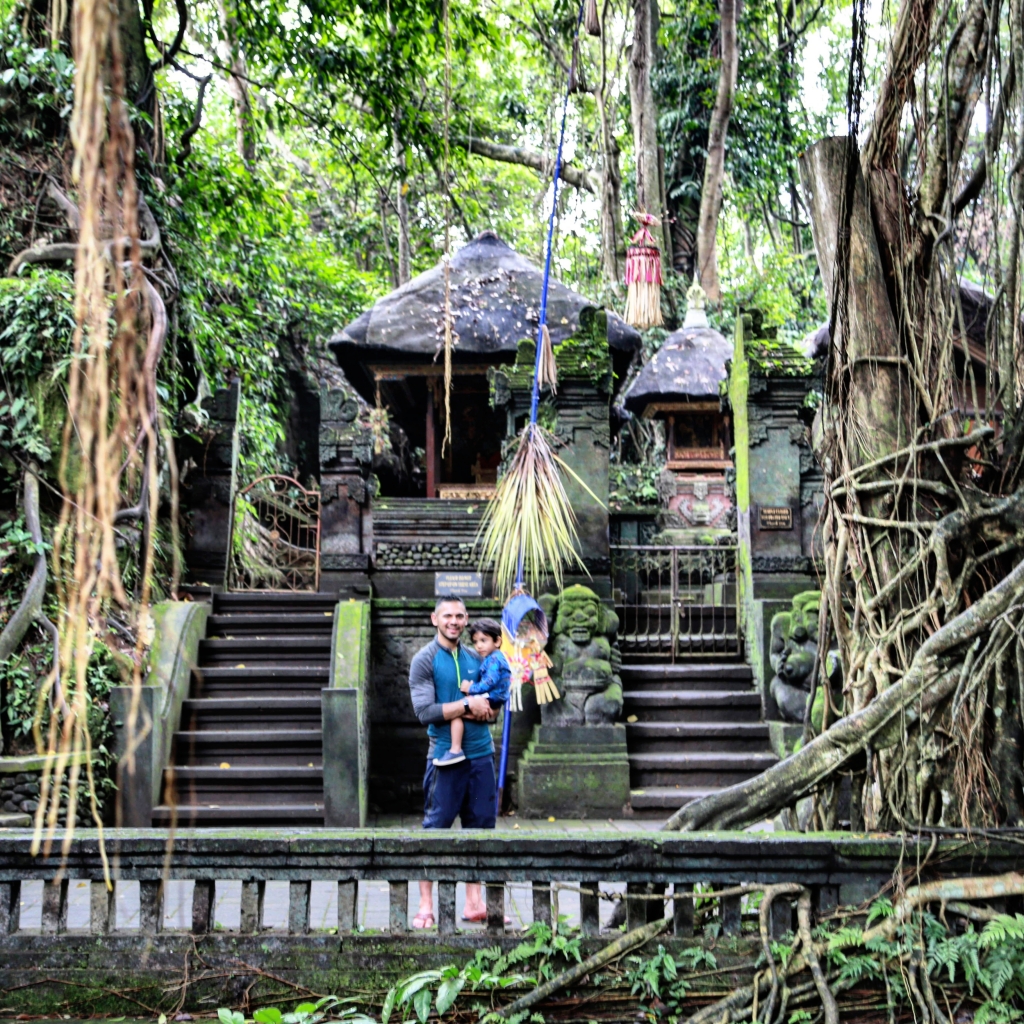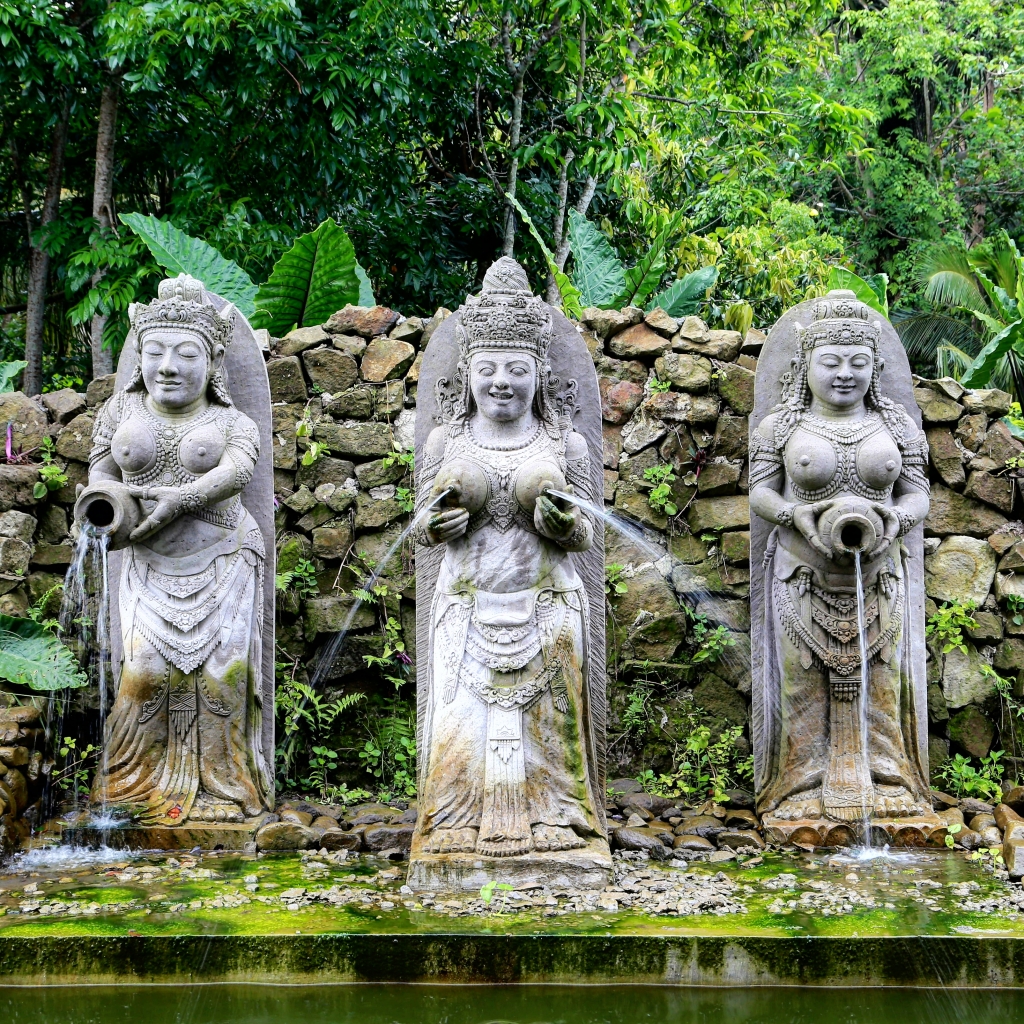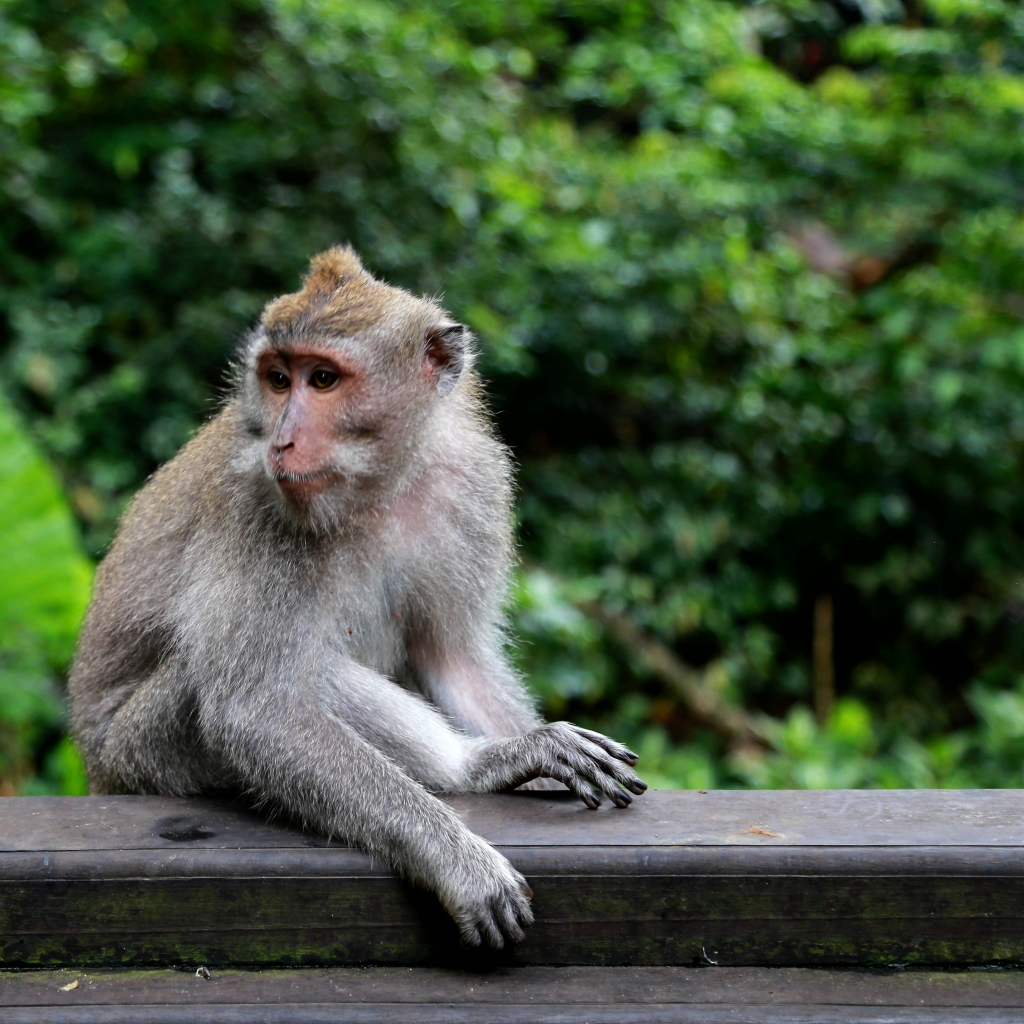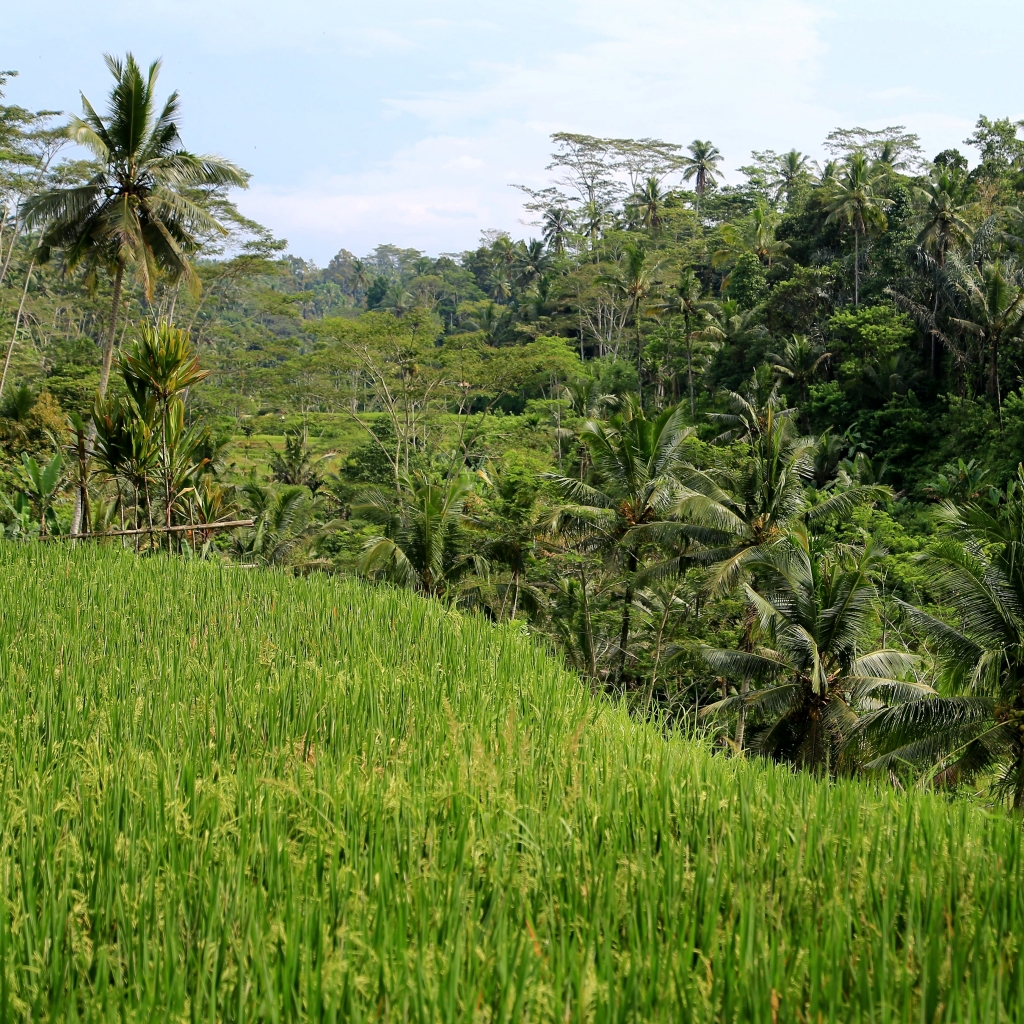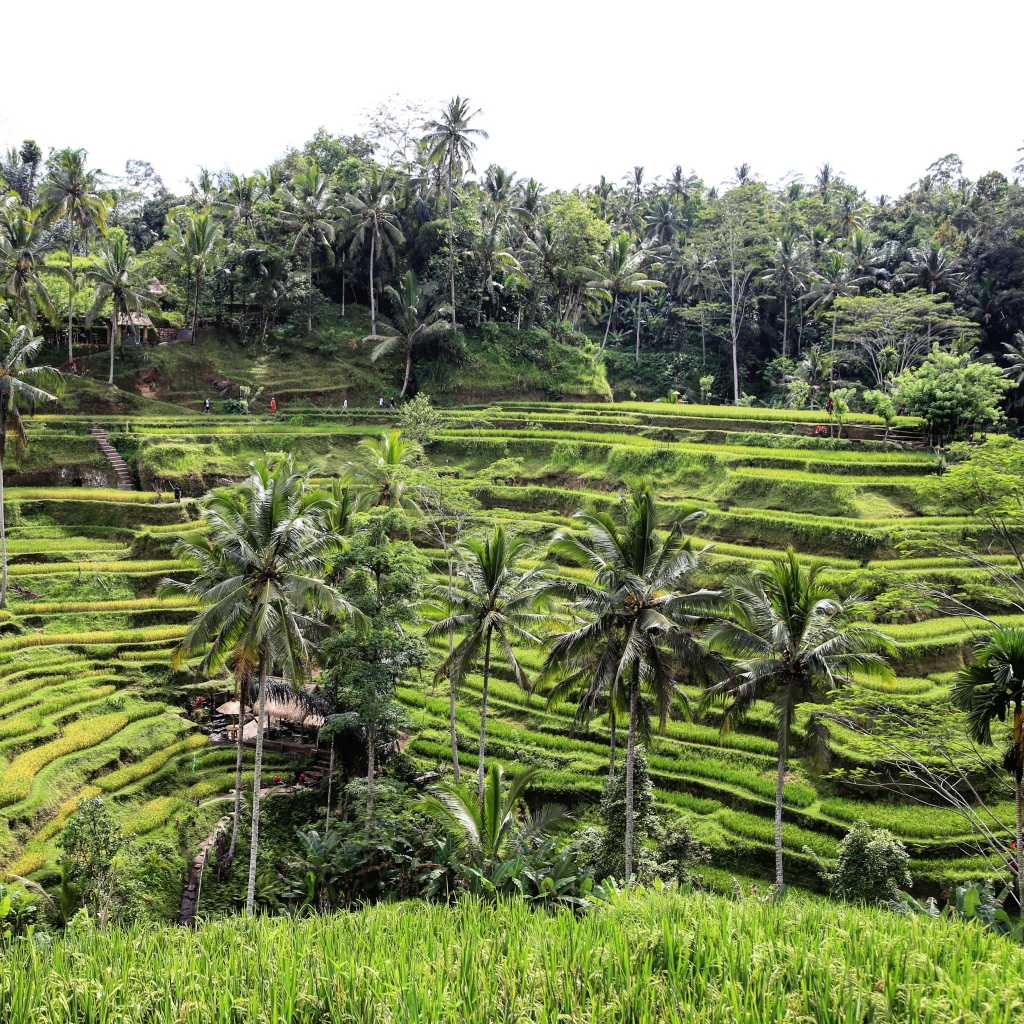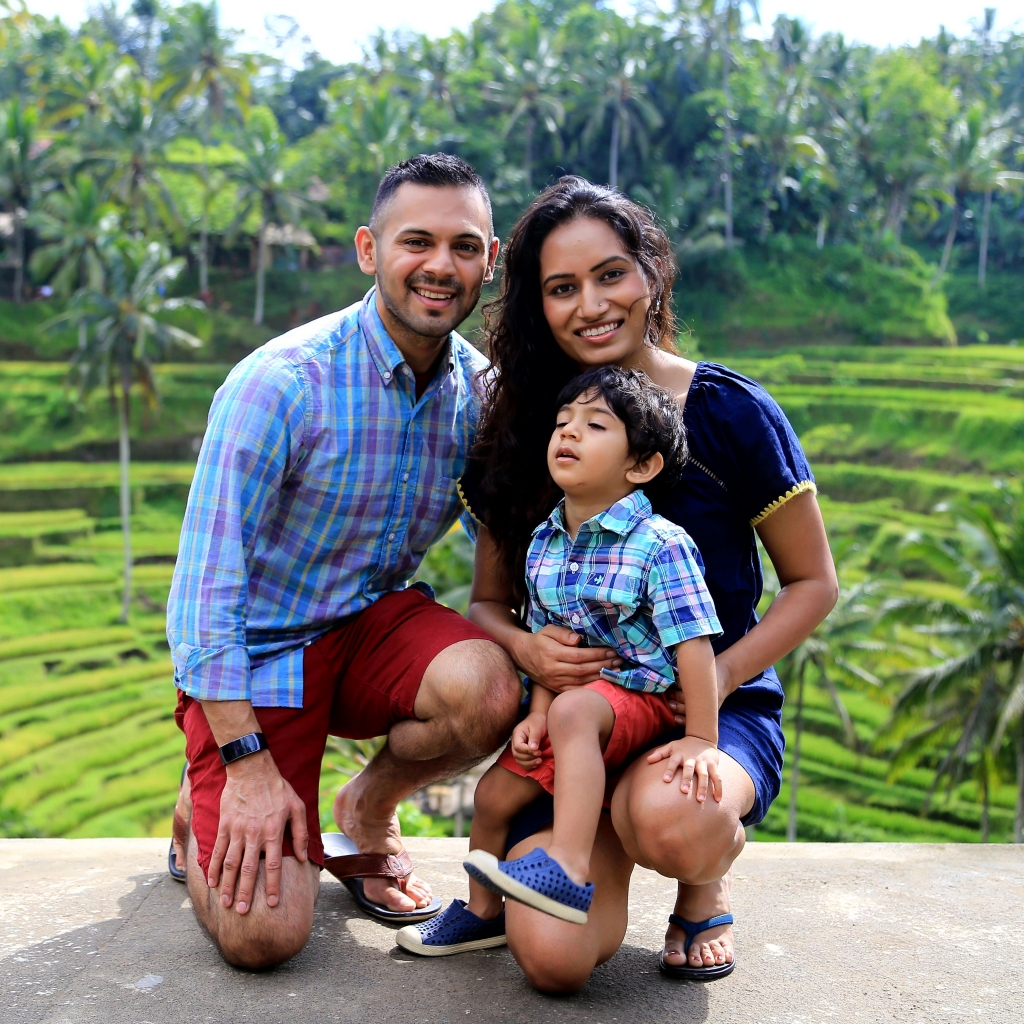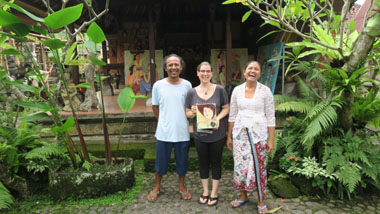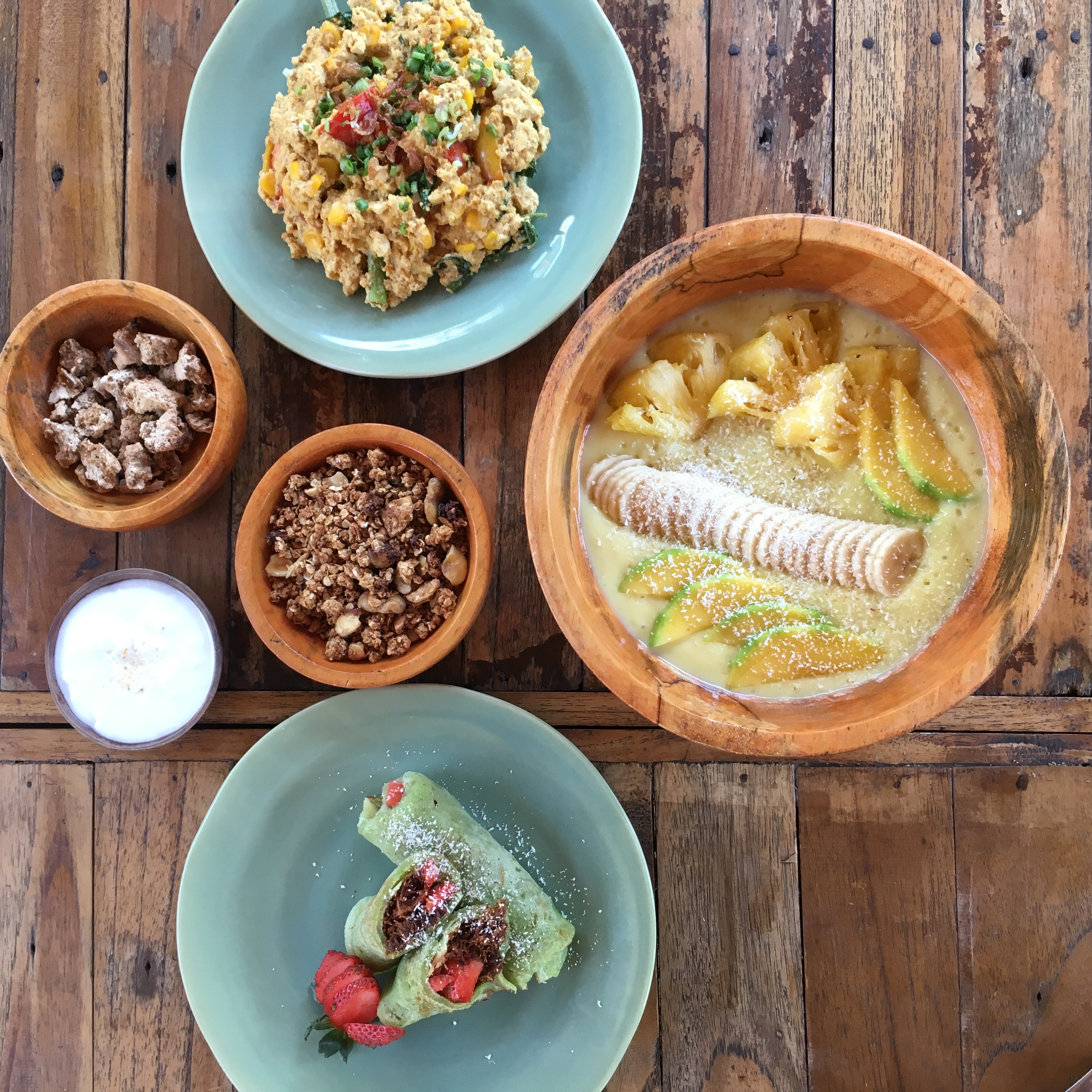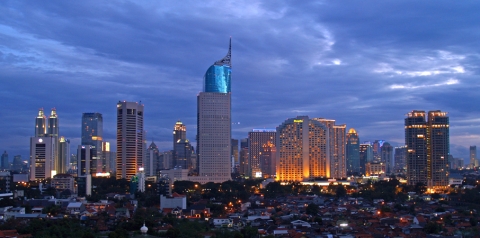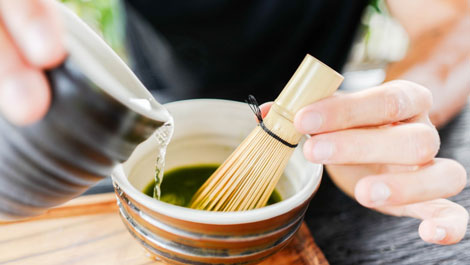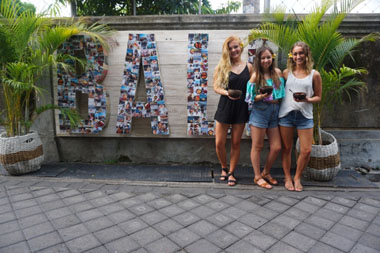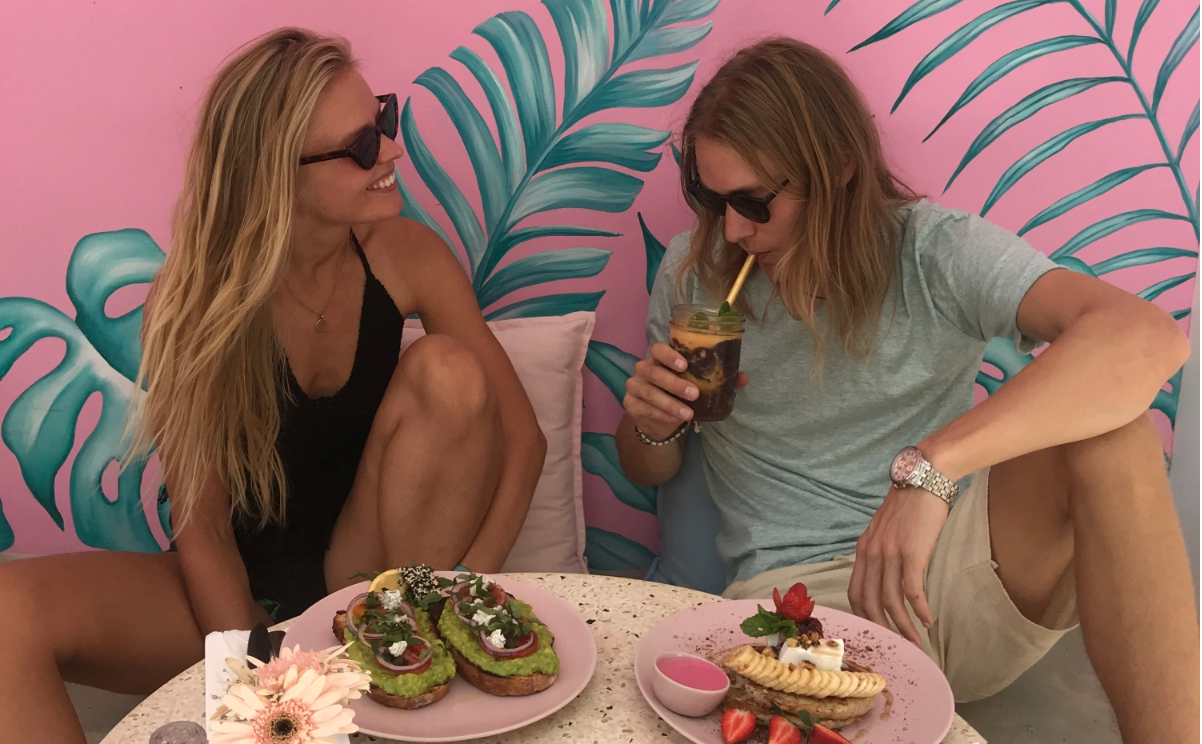When Javanese Buddhist Rsi Markandeya entered what’s now the province of Bali, Indonesia, it was to serve as a priest and spread Hinduism. While in Bali, Markandeya was drawn to an area with lush landscape which provided medicinal properties for a camp of people who’d become ill in a previous attempt to settle somewhere close. Upon a second, more successful attempt at settlement in Bali, Markandeya coined the basecamp ‘Ubad’, which meant medicine in ancient Javanese. The name hasn’t altered much since its initial declaration between the 700-800’s, and is now called Ubud.
- Ubud: Central Area
- Ubud: Central Area
It’s remained a small town for current metropolitan standards, with a population of about 30,000. However, it’s situated between various rice paddies and become a popular destination because of the scenic areas which surround the town and its 13+ villages. While it’s a drive from the popular beaches which resonate with Bali, Ubud provides several cultural and sacred activities visitors would otherwise miss while at the beaches.
ACTIVITIES
Within the metropolitan area lie all of Ubud’s popular destinations, which can be combined on a vacation with the province’s more distant coastal activities. What popularized Ubud were its rice paddies and Subak, or ‘Water Irrigation System’, which was developed to provide water to the rice paddies and serve as an artificial ecosystem. It’s been in place since the 800’s, and was declared a UNESCO World Heritage Site in 2012. In addition, the area’s rainforest and other sites have become popular, which showcase its direct relational heritage with Balinese Hinduism.
Sites:
Gunung Kawi | Pasar Seni Ubud | Pura Taman Saraswati Temple | Pura Tirta Temple | Sacred Monkey Forest Sanctuary | Tegalalang Rice Terrace
Gunung Kawi:
A place of worship and commemoration of the dead, which is situated on both sides of the Pakerisan River. The complex is built with 10 stone carved shrines dedicated to King Anak Wungsu, of the Udayana Dynasty.
- Tampaksiring: Gunung Kawi
- Tampaksiring: Gunung Kawi
- Tampaksiring: Gunung Kawi
Pasar Seni Ubud:
A local street market also called Ubud Art Market, which provides cultural souvenirs. While cheap in comparison to western standards, shop owners increase souvenir rates much more than what’s available outside of other popular destinations mentioned in this post. However, people limited to this market should bargain with shop owners and attempt to make purchases around sunrise. The shop owners believe their initial sale is the most important and sets precedence to make other sales, and therefore are open to a bargain in the earlier hours. The difference is drastic, where around sunrise someone could save 50.00-65.00%, while later in the afternoon it would be limited to 10.00-25.00%.
Pura Taman Saraswati Temple:
A place of worship based on Balinese Hinduism, which was built with a pond of lotus blossoms and is dedicated to Saraswati Devi.
Pura Tirta Temple:
A place of worship based on Balinese Hinduism, with a compound which consists of a ritual purification area. Its name is translated as ‘Holy Spring’, and is said to provide clean water to destruct evil.
- Manukaya: Pura Tirta Empul
- Manukaya: Pura Tirta Empul
- Manukaya: Pura Tirta Empul
Sacred Monkey Forest Sanctuary:
A nature reserve and place of worship based on Balinese Hinduism, which also serves as a popular destination for 10,000 visitors per month. The ‘Monkey Forest’ is home to three different temples built around 1350, and houses several Macaca Fascicularis/Crab-Eating Macaques, or Balinese Long-Tailed Monkeys.
- Padangtegal: Sacred Monkey Forest Sanctuary
- Padangtegal: Sacred Monkey Forest Sanctuary
- Padangtegal: Sacred Monkey Forest Sanctuary
Tegalalang Rice Terrace:
A district within the province of Bali, which is situated outside of Ubud and known because of its rice paddies. As mentioned above, the Subak, or ‘Water Irrigation System’, was developed to provide water to the rice paddies and serve as an artificial ecosystem. It’s been in place since the 9th century, and was declared a UNESCO World Heritage Site in 2012.
- Tegallalang: Rice Paddies and Terraces
- Tegallalang: Rice Paddies and Terraces
- Tegallalang: Rice Paddies and Terraces
There are several other places which can be explored outside of Ubud. While this post doesn’t concentrate on them, some quite popular places include the additional sites listed below.
Additional Sites:
Besakih | Goa Gajah | Mount Batur | Tanah Lot | Trita Gangga | Uluwatu Temple | Ulun Danu Bratan
CUISINE
Balinese Hinduism is a monotheistic version of Hinduism practiced in Bali, where it reaches about 83.00% of the local population. This is much different than the rest of Indonesia, which is identified as 87.00% Islamic. While people in the province do consume meat, much of its diet is influenced by Hinduism. As an example, seafood is common in Bali, but meat from cows isn’t meant to be eaten by religious or spiritual locals.
The restaurant experience allowed us to consume authentic, local dishes without concern of what we might’ve digested. In addition the people were so hospitable, we didn’t want to leave. I remember numerous times our son would run amok, and instead of embarrassment, we were relieved because servers wanted to entertain him while we ate – which isn’t common in our travels! With the dishes we ate I was able to substitute brown or red rice and whole wheat options as desired. Some of the more memorable authentic, local dishes are listed below
Dishes:
Nasi Campur (Mixed Rice) | Nasi Goreng (Fried Rice) | Mie Goreng (Fried Noodles)
There are a number of places which we liked and some of them are consistent on others’ restaurant list.
Vegetarian/Vegan (Friendly) Restaurants:
Blackbeach | Siboghana Waroeng | Taco Casa
Restaurant reviews for Ubud and/or Bali can be found elsewhere on VeganTravel.com.
PERSONAL NETWORKS
vishjhav.com | @vishjhav | FB: vishjhav | IG: vishjhav

